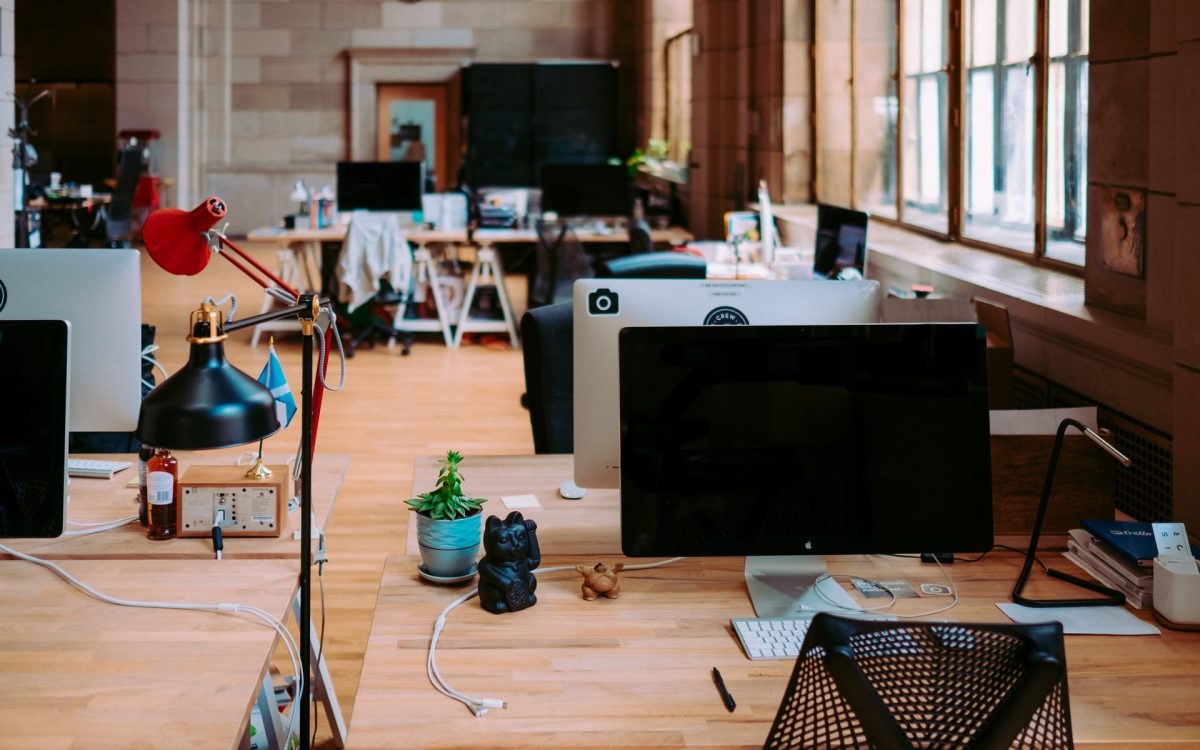We are nearly half way through 2022 and many in Australia have experienced a gradual shift towards what life was like pre-COVID.
Having seen the potential of working efficiently and collaboratively online in the past two years – especially for the arts sector that often holds onto tradition in their operations – digital workplaces are likely here to stay. But now that many offices are reopening and workers expected to return for in-person meetings, what can we learn from our experiences of working remotely and how should we consider the future of a hybrid workplace?
Read: Arts recruitment for sector recovery
Hybrid work during COVID
Perhaps the most pertinent consideration for companies and organisations is whether workplace culture has suffered as a result of working-from-home, often with concerns surrounding effective communication and social interactions.
Earlier this year, the UK-based initiative Culture24 released a survey from 98 visual arts and performing arts organisations (including museums, galleries, libraries etc) on the hybrid working arrangement.
The survey showed that 73% of people felt that changes to the way they do their job as a result of hybrid working have been positive, including the ability to meet wider groups of people in different locations both internally and externally, better time management, quicker meetings, and easier and greener document sharing.
The ability to connect with more people is a major drawcard, with all respondents (100%) saying that hybrid working improves opportunities to work with people from further afield.
This is a clear message to cultural employers that finding ways to sustain and develop hybrid work practices would be welcomed by staff.
Culture24, ‘Summary of full hybrid working survey results’, 2022
The ability to work from different locations remotely can also be a plus for diversity in recruitment and in attracting new audiences, the survey showed.
However, for the 17% of respondents who felt hybrid work had a negative impact, the inability to access collections hands-on, lack of trust from management, distraction at home, and the lack of proper IT support can turn the experience sideways.
Read: Working from home makes many feel ‘invisible’
Others have experienced burnout more easily at home, with the expectation to always be available online and having to adjust to new working patterns. Negative experiences can also arise if employers or the organisation have ‘not learned during the pandemic and tried to go back to how things were before’.
Culture24 added that from these responses, it’s clear that ‘the real potential of hybrid working longer term, will only be realised if organisations can get the tech, the processes and their openness to change right.’
Possibilities for the future
It’s clear that taking lessons from COVID and driving the future of hybrid work is key. In 2021, South Australian writer and arts leader Kate Larsen published a new sector resource on digital and hybrid work and delivery.
Larsen’s advice similarly opened with ‘don’t default to the status quo,’ meaning we need to make more conscious decisions on what your workplace and work flow will look like, not simply because we can return to the office.
Digital equality and digital confidence are key considerations, and this can often become obstacles for employees within the same organisation, not just externally. In Larsen’s report there are templates on engaging discussions around remote work expectations and cost-sharing (page 13), as well as ways to address digital accessibility for audiences (page 35).
Furthermore, many have highlighted that returns to the office and the establishment of a well-functioning hybrid arrangement needs to put people first and focus on the human experience.
Read: People first after lockdown, psychologist urges
This includes co-designing what digital and hybrid working situations will look like with your team, have a deep understanding of their work flow and preferences, and considering whether additional policies or infrastructure will be needed to make this transition as smooth as possible. This might include travel reimbursements if workers are required to attend the office on certain days and whether additional equipment (such as monitors, chairs, headphones) will be needed in both a remote and office location.
Sometimes engaging external professionals to drive this co-design process may be necessary. One such example is creating a hybrid workplace with alt_shift_office, a Swinburne University initiative as part of the Centre for New Workforce.
Their 2021 report Hybrid working 2.0: Humanising the office highlighted that flexible work arrangements will almost be compulsory for organisations in terms of worker retention and attracting and hiring as offices reopen.
Larsen also urged organisations to reopen differently, pointing out that offering more flexible options will not only help individual employees, but also improve workplace culture, reduce company footprint from travel and reduce costs if office spaces can shrink or be sublet.
Co-CEO of Birmingham Museums Trust, Zak Mensah asked organisations to consider ‘What is the problem that the office solves?’ in this new context of hybrid workplaces.
Manesah continued: ‘What we should be doing is purposefully deconstructing why we gather in the first place. We should really get under the skin of our organisational culture and understand how we wish to “do the doing” and “communicate” in the pursuit of productivity. We can nudge forward to create a better internal communication culture for starters.’
Another possibility is to think about co-working spaces, and arts leaders both from home and abroad are considering this opportunity.
One example that draws upon this model is ACMI X Co-working, which hosts a space for over 60 creative practitioners, startups and businesses working with creative technology working across film, TV, videogames and art.
Co-working is more than just cost sharing. A curated selection of freelancers, startups, independents and organisations can also bring in fresh perspectives and help drive that social connectivity in more meaningful ways, not just within a single company.
Whatever the approach, it’s clear that returning to the office and adopting a hybrid model should be more than a return to normal. Channelling our COVID collaborative wisdom and listening to the needs of your team is the way to go.





